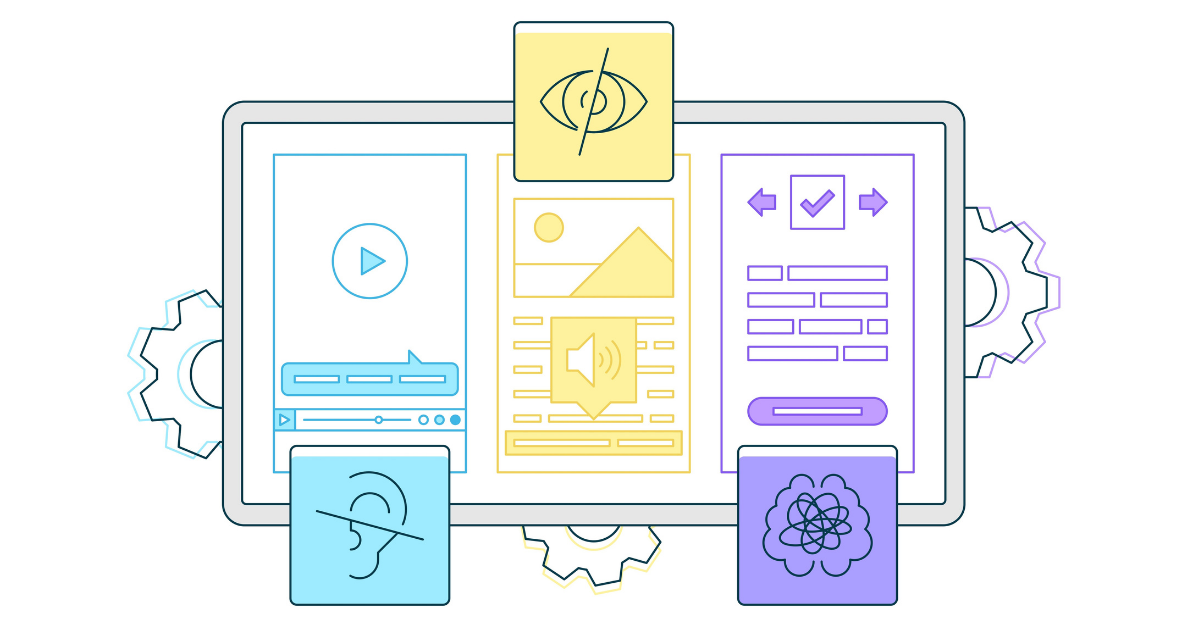
There are 3 big phases to relaunching a website, but the discovery phase will have the biggest impact on the success — and the cost — of your website relaunch. Discovery encompasses the research and planning for your website relaunch. Costs to develop a website increase as the project nears completion, because once website developers get involved, costs go up fast, so careful planning prior to development is invaluable to launching or relaunching a website on time and under budget.
1. Survey/Interview all key stakeholders.
Do this. You may be thinking, “But I already know what everyone wants and thinks, so I can skip this step!” Taking the time to do this will eliminate any misguided assumptions on what a new website is going to do. Plus, now you have documentation of expectations for later, when someone inevitably says, “I thought the website was going to do this.”
Now you can create a prioritized list of features and functionality to include in your website relaunch. Prioritizing this list now will make it easy to determine if there are features that can wait for future updates when it comes to budgeting for the website relaunch.
2. Plan and research for Search Engine Optimization (SEO).
SEO will help customers find your website using keywords through Google, Bing and Yahoo! searches. Each search engine has an extremely complex algorithm for calculating page rankings for keyword searches. With keyword research, you can identify a subset of keywords to target and optimize your website around.
Forgetting this step can be costly. By including an SEO specialist during the planning, designing and implementation of your website, you can avoid having to reconfigure or rewrite pages, or potentially having to completely reorganize your entire site.
For example, a client brought us a new website that they wanted to optimize for search. Since search hadn’t been a part of the planning process for their new site, the website design didn’t include headlines (or H1 tags) on any of the pages, a very important element in search engine optimization.
In order to add headlines, the website design had to be reworked to include a spot for a headline and then programmed again. If SEO would have been in the initial plans, the client would have only paid for programming once!
3. Perform usability and competitor analysis audits.
Use Google Analytics, heat mapping technology and user surveys to create a better user experience on your new website. Also, analyze competitor websites to determine your strengths and weaknesses by comparison. This audit process will reveal areas of frustration and frequent website visitor drop offs, as well as areas of opportunity for improvement in your redesign. Use what you learn to formulate a strategy for your content and user-friendly site architecture.
 Heat mapping technology uses graphical representation to show the most densely clicked areas on a webpage.
Heat mapping technology uses graphical representation to show the most densely clicked areas on a webpage.
4. Set Benchmarks and Goals.
Review the analytics on your current website, for example Google Analytics. Analytics will show number of visits, average time on site, average time on page, technology statistics, bounce rates, entrance pages, exit pages, referral traffic, traffic flow, conversions and so much more. Determine what pieces of data you are most interested in: which will support your sales and marketing goals? Focus on what changes you can make during relaunch to support those goals.
This insight will help you make informed decisions about the new website and your audience. For example, less than 1% of your website visitors in the last year used a version of Internet Explorer older than IE9, congratulations! You can save a lot of money in programming your website, because there isn’t a good reason to make the website compatible with IE6, 7 or 8.
Based on your research thus far, you can set goals and key performance indicators to monitor the success of your new website.
5. Plan your Content Strategy.
Once you have your shiny new website, you can’t just set it and forget it. You’ll need to update, modify and add new content regularly to stay relevant. Give yourself a head start by planning now. How much of your existing website content can be copied over? What needs to be rewritten and what new pages will be added? Identify content contributors – think beyond just your own team! – and prepare them now with timelines for the content they’ll contribute. This way, you will be ready when your website development team says it’s time to start putting in your content.
6. Determine a budget and ideal timeline.
Now that all your research is complete, you should have a pretty good idea of everything you want out of a new website. Let the fun begin. Is there a hard deadline that you need to have the new website launched by? If so, be safe and plan a due date of at least a month prior to that date. What is your budget for design and programming? A website relaunch can range from $500 to millions, depending on what you want, so be honest with what you’re willing to invest. Figure out your budget and then let your web development firm assign costs to your wish list of features.
These six steps lay the foundation for successfully launching a new website under budget and on time.
Need help with the discovery phase — or any phase — of your website relaunch? Contact emfluence at expert@emfluence.com. emfluence has relaunched hundreds of websites, using an in-depth usability, search and analytics audit to build out these types of strategic plans. It’s easy to see the difference it makes in the end product!




